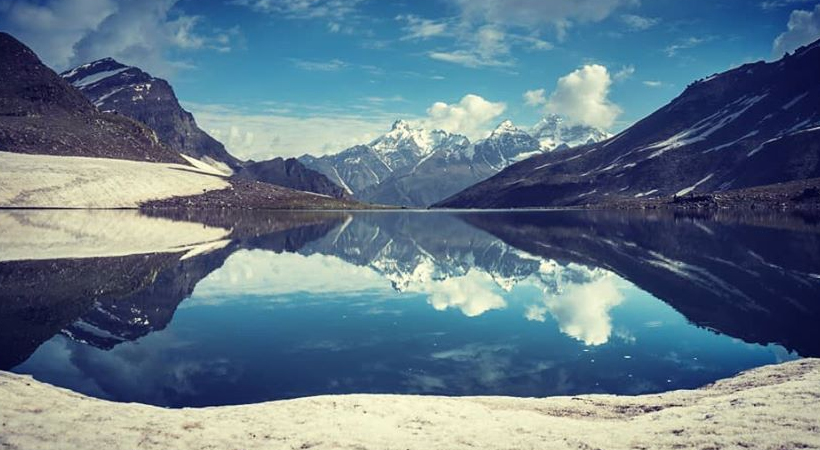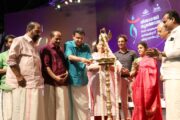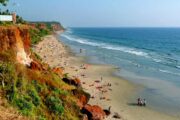Himachal – the breathtakingly beautiful soul-stirrer

The Union Tourism Ministry organised a webinar under its “Dekho Apna Desh” series on the topic ‘Himachal: Around the next bend’ focusing on the beautiful villages, mountains, pristine rivers, culture and heritage of Himachal Pradesh.
Himachal Pradesh is a northern Indian state in the Himalayas. It’s home to scenic mountain towns such as Dalhousie. Host to the Dalai Lama, Himachal Pradesh has a strong Tibetan presence. This is reflected in its Buddhist temples and monasteries, as well as its vibrant Tibetan New Year celebrations. The region is also well known for its trekking, climbing and skiing areas.
Swathed by cedar, rhododendron, fir and Himalayan oak trees, Shimla – the state capital of Himachal Pradesh – is one of the most popular hill stations of India. Then there is Manali, which is a resort town nestled in the mountains near the northern end of Kullu in the Beas River Valley. The other must-visit destination is Dharamsala, home to Dalai Lama, the Buddhist leader who runs his government in exile. Dharamsala, for many years, has been a centre of meditation and peace with thousands of people from around the world coming here to seek Nirvana.
The webinar was moderated as usual by Rupinder Brar, Additional Director General, Ministry of Tourism and was presented by Frank Schlichtmann, founder, The 4tables Project, Ankit Sood, Managing Host, Sunshine Himalayan Adventures and Michael & Devanshe Lidgley, owners of the Himalayan Orchard.
Frank Schlichtmann started the session by highlighting an interesting Art village Called Gunehar, with its beautiful amalgamation of nature, streams, forest. Gunehar is located in the Kangra district. The idea behind this Art project in Gunehar is to develop a conscious effort among the travellers to focus on the village without overcrowding.
Gunehar is well connected by road, rail and air. The valley has many small villages and Gunehar is the largest panchayat with 3,000 people. People are largely Gaddis with a few Bara Bhangalis. The settlement started a little over 100 years ago.
Originally people of the village were shepherds but now many of them are farmers, some have shops and some work. Villagers are grounded, have a sense of dignity and are knowledgeable. The 4 tables project started in the year 2008 with good participation, followed by an art festival in 2013. Art shops were developed, inviting the artists to come and work in empty spaces and present their art work which is attended by people from all walks of life. The whole event is a joint venture with the artist, visitors and villagers. The villagers call it the Mela. It has become a huge success and the final week is organised as an art festival with theatre, music, film screening etc. Local cultural elements are well represented during the closing ceremony of the art festival.
Ankit Sood took the audience virtually through the World Heritage Site, the Great Himalayan National Park, located in the Kullu region. The Great Himalayan National Park is spread across four valleys – Sainj valley, Jiwa Nal valley, Tirthan Valley and Parvati valley. The park protects over 1,000 plant species, including many medicinal herbs, 31 mammal species and 209 bird species, as well as amphibians, reptiles and insects. Four of GHNP’s mammal species and three of its bird species are globally threatened, including the musk deer and the western horned tragopan.
Michael & Devanshe Lidgley showcased a little known destination called Kotkhai, a town in the Shimla district. Kotkhai Palace is 800 years old and the royal family is still residing in the palace. There is an apple growing village here called Rukhla. A three-hour hike from Rukhla takes you to the highest point where you can have a mesmerising 360-degree view of Greater Himalayas. The village is well known for its majestic flora and fauna including Black Bear, Barking Deer, Musk Deer, Langur, Leopards and birds like Monal.



